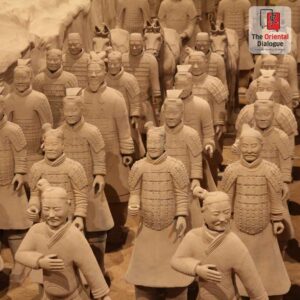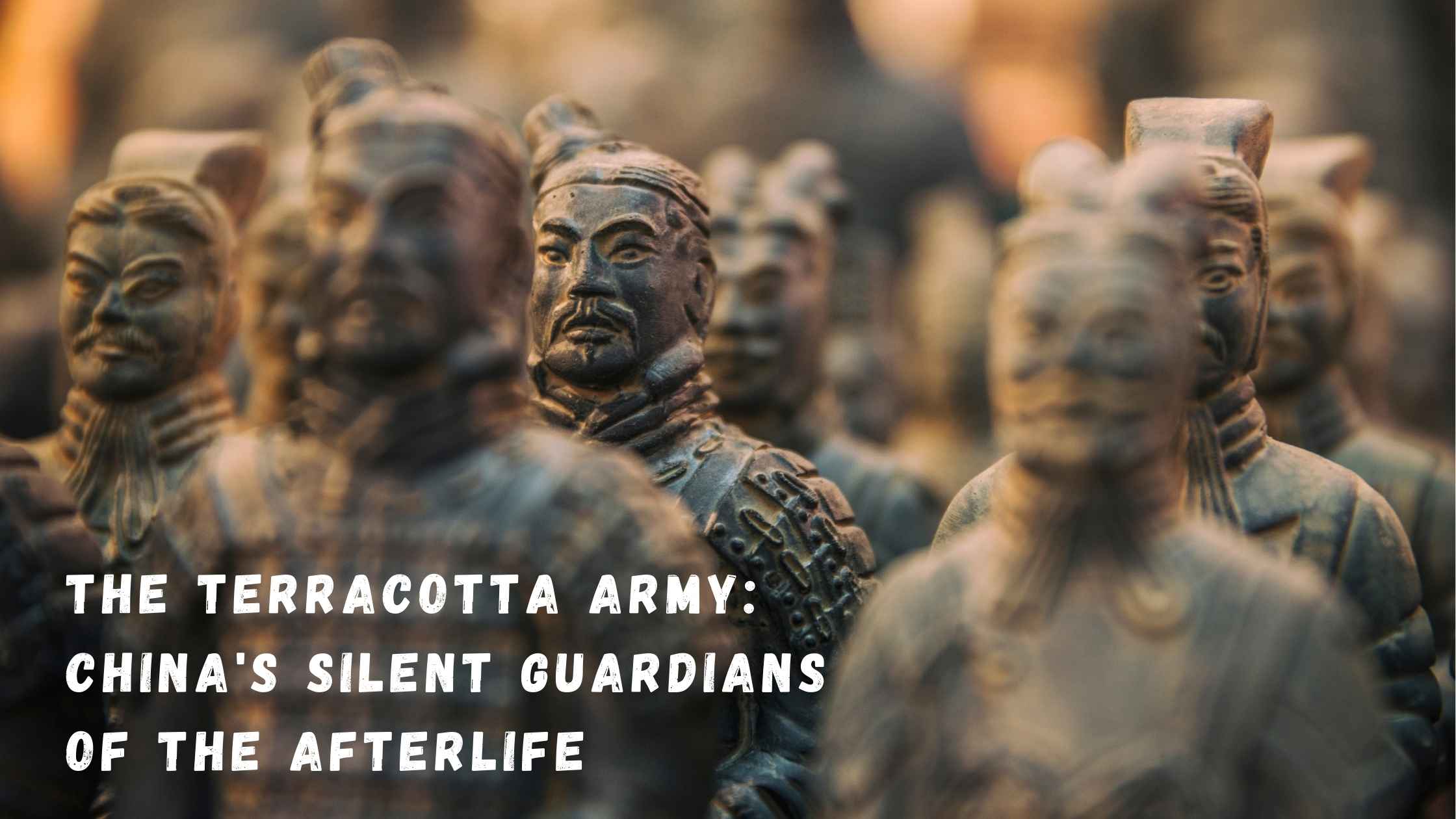 One of the greatest archaeological discoveries of the 20th century happened not with a grand expedition, but by sheer accident.
One of the greatest archaeological discoveries of the 20th century happened not with a grand expedition, but by sheer accident.
In 1974, local farmers digging a well in Xi’an, China, stumbled upon fragments of what would soon be known as the Terracotta Army — an underground legion that had lain hidden for over 2,200 years. What makes this discovery even more fascinating is that there were no historical records of its existence. To this day, it’s a mystery why such a monumental feat was never documented.
So far, over 2,000 life-sized terracotta warriors and horses have been unearthed, with estimates suggesting that up to 6,000 more remain buried. This site is now considered the largest and most important tomb complex in China, and one of the most significant in the world.
What truly sets the Terracotta Warriors apart is their astonishing individuality. No two figures are exactly alike. Each warrior has distinct facial features, clothing, and hairstyles — all meticulously designed to reflect their rank and role in Emperor Qin Shi Huang’s army. Arranged in full battle formation, they mirror a real military structure, created not for battle in this world, but to serve and protect in the next.
This underground army was commissioned by Qin Shi Huang, the first Emperor of a unified China, as part of his grand vision for immortality. The tomb complex wasn’t limited to soldiers alone; archaeologists have uncovered strongmen, acrobats, musicians, and other figures, painting a vivid picture of an emperor who wished to carry the full spectrum of his empire into the afterlife.
 Originally, the warriors were brilliantly painted in rich hues to enhance their lifelike presence. Unfortunately, upon excavation, most of the colors rapidly faded due to oxidation and exposure to air. These figures were also armed with real bronze weapons, many of which have been remarkably preserved.
Originally, the warriors were brilliantly painted in rich hues to enhance their lifelike presence. Unfortunately, upon excavation, most of the colors rapidly faded due to oxidation and exposure to air. These figures were also armed with real bronze weapons, many of which have been remarkably preserved.
Despite decades of exploration, the central tomb of Qin Shi Huang himself remains untouched. Advanced geophysical surveys have revealed its immense size and complexity, but out of caution and respect — and perhaps fear of damaging what lies within — archaeologists have chosen not to open it yet.
Tragically, the creation of this subterranean empire came at a devastating human cost. Countless human remains found within the site suggest that thousands may have perished during its construction, a somber reminder of the scale and ambition of ancient imperial projects.
The Terracotta Army continues to captivate the world — not just for its artistry and scale, but for the stories it silently holds. In every face, every detail, lies a window into China’s imperial past and its eternal quest for legacy beyond death.




